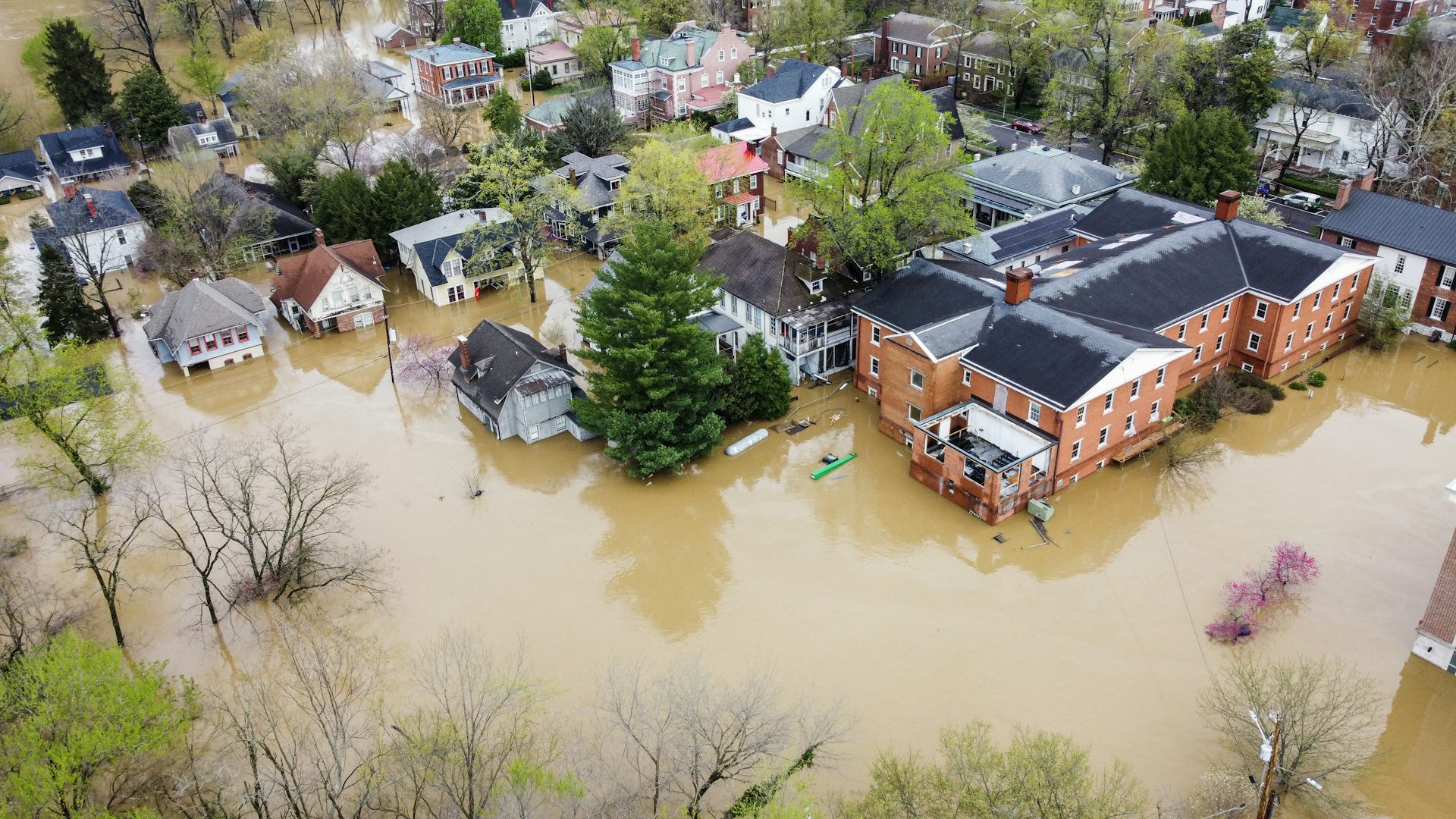What is Temporary Protected Status? A global migration expert why the US offers some foreign nationa
TPS allows migrants whose home countries are considered unsafe the right to live and work in the US for a temporary period. They are not considered lawful permanent residents or US citizens.

Former President Donald Trump and his running mate, U.S. Sen. JD Vance, have criticized the Biden administration’s decision to allow Haitian nationals who are in the U.S. to apply for permission to stay under a legal classification called Temporary Protected Status. Here is what this designation means and how it’s made:
TPS permits foreign nationals who are already in the United States – even if they did not enter the country through an official or legal means – to remain for six, 12 or 18 months at a time if the situation in their home country is deemed too dangerous for them to return. Threats that prompt TPS designations include ongoing armed conflict, natural disasters, epidemics and other extraordinary and temporary conditions.
The Secretary of the U.S. Department of Homeland Security designates a foreign country for TPS when conditions there meet requirements spelled out in federal law. Once the secretary determines that the foreign country is safe for its nationals to return, their protected status expires and people who have been granted it are expected to return to their home country.
Congress created TPS as part of the Immigration Act of 1990. Since then, administrations have used it to protect thousands of people from dozens of countries. The first nations to be designated, in March 1991, were Kuwait, Lebanon and Liberia.
As of March 2024, there were 863,880 people from 16 countries under Temporary Protected Status in the U.S. Another 486,418 people had initial or renewal applications pending. An estimated 316,000 people may also be eligible under two new extensions since that date.
TPS beneficiaries may not be detained by federal officials over their immigration status or deported from the United States. They can obtain work permits and apply for authorization to travel outside the U.S. and return to it.
People who receive TPS don’t automatically become legal permanent residents. But they can petition for an adjustment of their immigration status, such as applying for permanent residency, a student visa or asylum. Applying for a change of immigration status does not necessarily mean their application will be approved.
Humanitarian measures
TPS is not the only tool administrations can use to protect people from countries facing disaster or conflict.
For example, a Haitian person currently living in the U.S. is eligible for TPS under a designation that lasts through Feb. 3, 2026. In contrast, a Haitian who travels through Mexico and applies for entry to the U.S. at the border is not likely to be admitted.
However, there is a third possibility for Haitians, known as parole. The federal government can give certain groups permission to enter or remain in the U.S. if it finds “urgent humanitarian or significant public benefit reasons” for doing so.
People who enter through parole programs must have an approved financial supporter in the U.S., undergo a robust security vetting and meet other eligibility criteria. They typically can stay for one to two years, and may apply for authorization to work.
One current parole program is for people from Latin American countries that are TPS designates. The U.S. government can grant advance permission to enter the U.S. to up to 30,000 Cubans, Haitians, Nicaraguans and Venezuelans each month. People fleeing these countries – all of which have been designated for Temporary Protected Status – can seek authorization to travel from their homes to the U.S. for urgent humanitarian reasons, and then stay for a temporary period of parole for up to two years.

I’ve studied global migration and asylum policy for 25 years. I see both TPS and parole as legal and carefully considered ways to support people from countries experiencing wrenching conflict, disorder and disaster who are seeking safety in the U.S. Doing away with these programs, as Trump sought to do during his term in office, would make it extremely difficult for people in great danger to escape.
Neither TPS nor parole programs are automatic roads to citizenship or permanent residence. They are ways to provide humanitarian assistance to people in appalling circumstances, such as rampant gang violence in Haiti and economic hardship and political repression in Venezuela and Nicaragua.
Certainly, cities need more resources to support large numbers of immigrants. But offering temporary protection to people whose home countries are not safe places to live is a long-standing – and, in my view, crucial – element of U.S. immigration policy.
Karen Jacobsen does not work for, consult, own shares in or receive funding from any company or organization that would benefit from this article, and has disclosed no relevant affiliations beyond their academic appointment.
Read These Next
Damn the torpedoes! Trump ditches a crucial climate treaty as he moves to dismantle America’s climat
At the same time, Americans have been facing worsening storms, wildfires and deadly heat waves.
George Washington’s foreign policy was built on respect for other nations and patient consideration
For the nation’s first president, friendliness was strategy, not concession: the republic would treat…
The 6-7 craze offered a brief window into the hidden world of children
From Pig Latin to Punch Buggy, kids have long used nonsensical language, gestures and games to carve…





